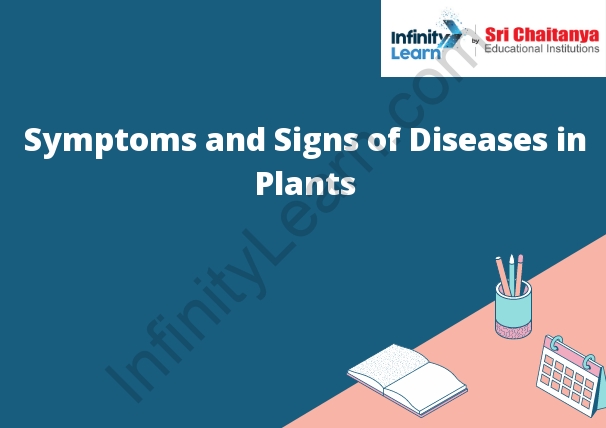Table of Contents
Introduction to Plant Diseases
Plant diseases can be caused by a variety of things, including fungi, bacteria, viruses, nematodes, and abiotic factors like frost, drought, and salt. Many plant diseases are caused by a combination of factors.
Plant diseases can cause significant damage to crops, and can lead to reduced yields and even loss of the crop. Plant diseases can also reduce the quality of the crop, making it unsuitable for sale or human consumption. Plant diseases can also cause problems for forestry and landscaping.
There are a variety of ways to prevent or manage plant diseases, including using resistant varieties of plants, using crop rotation, using good agricultural practices, and using pesticides.

Plant Diseases Caused by Bacteria
Bacteria are single-celled organisms that can cause a variety of plant diseases. Bacteria enter plants through wounds or natural openings, such as the stomata on leaves. Once inside the plant, bacteria can spread quickly, causing wilting, leaf drop, and even death.
There are several types of bacteria that can cause plant diseases, including Xanthomonas, Pseudomonas, and Erwinia. Some of the most common bacterial plant diseases include bacterial leaf spot, bacterial canker, and bacterial blight.
Bacterial leaf spot is a common disease caused by the bacteria Xanthomonas. This disease affects a wide range of plants, including tomatoes, peppers, potatoes, and petunias. Symptoms of bacterial leaf spot include small, water-soaked spots on the leaves that can turn into large, black lesions. The leaves may also wilt and drop off the plant.
Bacterial canker is a disease caused by the bacteria Pseudomonas. This disease affects a wide range of plants, including tomatoes, peppers, potatoes, and roses. Symptoms of bacterial canker include small, water-soaked spots on the leaves or stems that can turn into large, black lesions. The leaves may also wilt and drop off the plant.
Bacterial blight is a disease caused by the bacteria Erwinia. This disease affects a wide range of plants, including tomatoes, peppers, potatoes, and beans. Symptoms of
General Characteristics
are that it is a large, predatory cat that is found in Africa and parts of Asia. The has a reddish brown coat with black spots, and a long tail. It is a solitary animal that is well adapted to living in the wild.
Signs and Symptoms of Bacterial Diseases in Plants
There are many signs and symptoms of bacterial diseases in plants. Some common symptoms include wilting, yellowing, browning, stunting, and dieback. In addition, plants may exhibit a wet appearance, slimy growth, or a rotten odor. The most common bacterial diseases of plants include bacterial blight, bacterial canker, bacterial leaf spot, and bacterial speck.
Transmission and Infection
The virus enters the body through the nose, mouth, or eyes. It can also be spread through close contact with an infected person, such as touching or shaking hands. It can also be spread through contact with objects or surfaces that have the virus on them, such as doorknobs, door handles, or countertops. The virus can also be spread through the air, such as when an infected person coughs or sneezes.
Control
of body temperature is a vital function that allows an organism to maintain homeostasis. The hypothalamus is responsible for thermoregulation, which is the process of maintaining a constant body temperature. The hypothalamus receives input from thermoreceptors in the skin and other tissues, which detect changes in temperature. The hypothalamus then sends output to the body’s muscles and organs to produce heat or cool the body.
One way the hypothalamus regulates body temperature is by controlling the body’s metabolic rate. The hypothalamus can increase or decrease the body’s metabolic rate by controlling the production of thyroid hormones. Thyroid hormones control the body’s metabolic rate by increasing the number of oxygen molecules that the body’s cells can use to produce energy. The hypothalamus can also control the body’s metabolic rate by controlling the production of adrenaline and noradrenaline. These hormones increase the body’s metabolic rate by causing the body’s cells to use more energy.
List of Plant Diseases Caused by Bacteria
Bacteria can cause plant diseases in a number of ways. One way is by infecting the plant through an opening in the skin, such as a wound. The bacteria can also enter the plant through the soil. Once inside the plant, the bacteria can spread and cause damage to the plant. Some common bacterial plant diseases include bacterial blight, bacterial canker, bacterial leaf spot, and bacterial speck.
Requirements for Disease Development
There is no one-size-fits-all answer to this question, as the requirements for developing a particular disease may vary depending on the organism involved. However, some general requirements for disease development may include a pathogen (e.g. a virus, bacteria, or fungus), a susceptible host, and the right environmental conditions. Additionally, some diseases may require a carrier (e.g. a vector such as a mosquito or tick) to spread the pathogen to new hosts.









